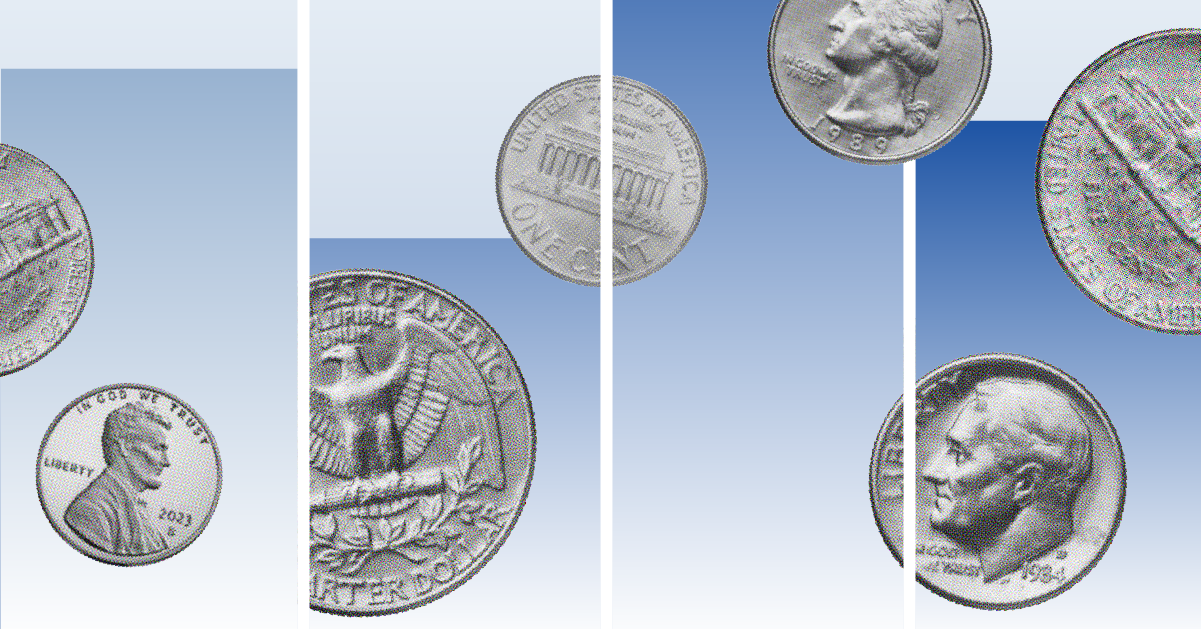Though risks undoubtedly remain, the bulls are firmly back in the market, according to Merrill Lynch’s latest fund manager survey. Fund managers are now not only very bullish on global growth prospects—a net 57% of managers surveyed forecast a stronger economy over the next 12 months—but investors also expect corporate earnings to improve over the year, with more than 25% of respondents predicting EPS growth in excess of 10% over the coming year, the Merrill Lynch Survey of Fund Managers for May revealed.
The optimism is not untrammelled, however. Risk appetite may be rising but asset allocators are continuing to hedge their bets. Asset allocators remain underweight on equities by 6% this month versus -17% in April, which may well be the least underweight they’ve been in this area since March 2008 but remaining highly overweight on cash and having reduced bond weightings to just 3% underweight suggests there is no real conviction on what the view is going forward.
“This relatively resolute defensive stance may indicate scepticism in the rally thus far, or may simply reflect the reality of the speed with which things have moved,” the survey reported.
Indeed the progress we have seen in global markets over the last three months has been so compressed that the severity and speed of the sentiment turnaround appears to have left fund managers struggling to stay ahead of the game.
Speaking at the Morningstar UK Investment Conference last week, Schroders’ Head of UK Equities, Richard Buxton, said that distrust of the market rally has left most professional investors incorrectly positioned to take advantage of a rebound.
Risks
Bank of America-Merrill Lynch analysts see the 'too much, too soon' view
as perhaps the largest risk at this stage. “While we can see the
arguments for a better H2 outlook, the market’s willingness to embrace a
positive outcome too early is certainly something to monitor,” they
wrote in a recent equity strategy report.
The market has been willing to shrug off bad news recently, implying a tone of “we know Q1 was bad, let’s move on,” but with the change in sentiment having caused markets to run ahead, we now need to see economic numbers catching-up if this rally is to be underpinned. Included in risks highlighted by the Bank of America-Merrill Lynch research report is a double-dip in the ISM (Institute for Supply Management) reading: “If investors believe that we have not yet seen a bottom on the ISM and that a reversal in the tentative signs of economic optimism is likely later in the year then the call on balancing portfolios by closing underweights on cyclicals is too early.”
The equity strategy report also points to the risk of other unknowns in the banking sector and the risk of the supply of rights issues and equity risings exceeding demand.
Regions
The Merrill Lynch Fund Manager Survey for May revealed optimism is being
seen across all regions, though global growth optimism remains founded
on China. Still, even Europe deserves a more sanguine outlook according
to fund managers, with a net 35% expecting Europe’s economy to improve
against a negative 26% last month.
Though the survey revealed managers remain underweight on Europe and Japan overall, a record net 40% of investors see Global Emerging Markets (GEM) as the region to overweight in the next 12 months. However, with so many fund managers having packed their bags and moved their assets eastwards during the global economic downturn, there is now the risk that with so much cash in Emerging Markets any weak economic data from the area could send the stock market into a panic.
Sectors
Defensives had been the dish of the day for some time but now, rather
than the extreme defensive positions seen at the start of the year,
portfolios appear much more balanced. “Investors’ top three global
sectors are now technology, energy and materials as May saw a rout in
defensive sectors,” Merrill Lynch’s survey revealed. The figures show
there has a been a dramatic sector rotation out of pharmaceuticals and
defensives, with utilities now the most underweight global sector, while
the underweight stance on banks has been reduced to its lowest level
since June 2007.
“Having addressed their most urgent priority by returning to financial stocks, this month investors have added exposure to cyclical, real economy stocks and further purged defensive overweight positions,” said Gary Baker, co-head of international investment strategy at Bank of America-Merrill Lynch.
In the UK, while managers are still particularly underweight on banks, the market recovery is being played in insurance and other financial services stock. In fact banks remain underweight in the US, Europe, the UK and GEM, but are relatively high overweights in Japan and Asia-Pacific, where they are generally not seen to have the same toxic asset issues.
Currency
Any real conviction on the major
currencies—the US dollar, Yen and Euro—appears to have disappeared:
they are all much of a muchness at present with only a handful of
percentage points between the three. Most fund managers see them as
equally overvalued.
May’s fund manager survey revealed GEM is the preferred asset class in currencies, with a net 47% of investors viewing them as cheap, although this could simply reflect the view on the region in general. Sterling also stands out as particularly undervalued according to asset allocators.
Looking to the future
This is most likely going to be a very muted recovery but the shift in
sentiment, partly underpinned by some promising leading economic
indicators recently, implies that the worst is over from a European
strategy point of view.
Risk appetite has returned to almost normal levels, with Bank of America-Merrill Lynch’s Risk & Liquidity indicator having risen to 38 in May compared with an average reading of around 40, while “the unrelenting gloom of a mere three months ago has been replaced by fairly typical early-cyclical sentiment,” according to the latest manager survey, “with the only hint of potential irrational exuberance in Emerging Markets.”
Of course there is still massive rebalancing that has to happen and talk of ‘V-shaped’ and ‘W-shaped’ recoveries is more likely to give way to a realisation that markets are currently at the point of levelling off, drawing instead the shape of a 'square root' sign. The question now is whether this pause for breath can be sustained, the hope being that there is no more economic data that could undermine confidence and there is no more potential negative news to be found within the banking sector.
As stated at the beginning of this article, risks undoubtedly remain and corporate earnings likely have a little way further to fall before finding their trough, but there is nothing in Merrill Lynch’s May survey that suggests another drop is to come. It appears safe, for now, to assume we are past the worst.

























